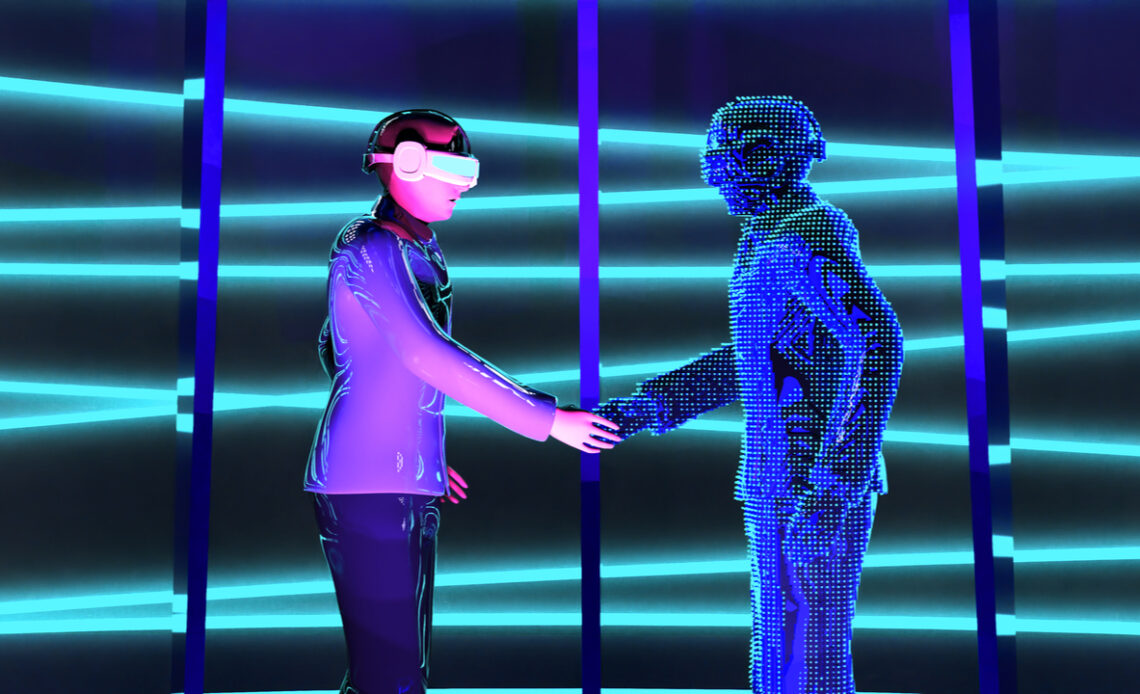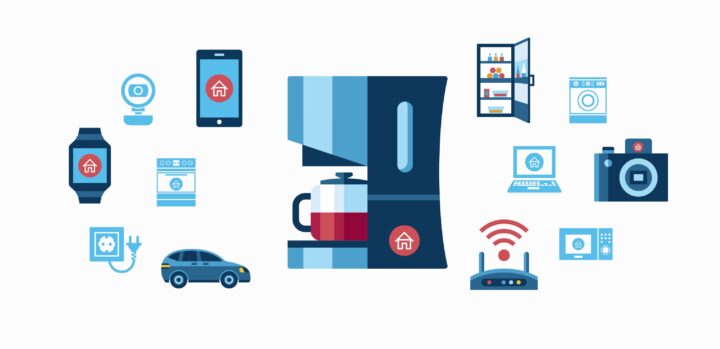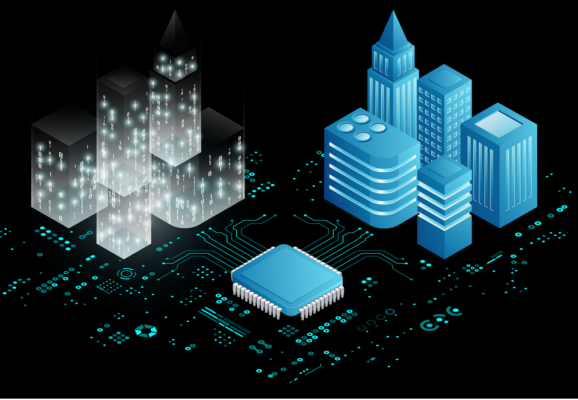
The digital world evolves at a rapid pace. Only a few decades back, connecting to the internet required a dial-up modem and took a lot of time to load even the most basic website. Now people are constantly connected to the internet and practically live there thanks to social media and other engaging applications. As of now, with the help of UPI, even a local vegetable vendor is being able to support their business by connecting to high-end technology and big businesses definitely need to keep up with it to adapt to the rapid changes and stay competitive in the long run.
The major layoffs in the tech industry were clearly a hit to the advancement of new tech trends. However, the already-established tech trends are expected to thrive to a whole new degree in 2023. The latest and emerging technologies held more value than ever as the digital domain trumped over several others. Below is a list of what we believe will be the top tech trends of 2023 –
Smarter Devices

The computing prowess is growing at a rapid pace that enables us to create smarter devices. As of 2022, we have smart televisions, wearables, cars, and of course our beloved smartphones. However, there are also intelligent robots that work alongside humans to complete the majority of their tasks. Did you know that the Police Department of San Francisco, California has currently applied a proposal to deploy robots that are capable of deadly force including killing a person in extraordinary circumstances? Killer robots were only a thing we saw in sci-fi films but the proposal actually cements the fact that this technology is actually ready to be deployed! I do not intend to paint a dystopian picture where robots hold the strings to our lives but it is an interesting development nonetheless. In 2023, the momentum of smarter devices will only be moving forward at a rapid pace. The introduction of intelligent home robots is expected in 2023 which is yet another interesting development in the world of tech. Would you be interested in buying a smart robot for your home or do you think it’s too dystopian?
Metaverse

The metaverse has been quietly waiting for its time to become mainstream. If you ask me, the term metaverse in itself does not trigger my curiosity as much as the term ‘immersive technology’ does. We’re moving towards the next stage of internet usage where we work, play, socialize, maybe go on romantic dates, and do everything else on an internet platform. Forbes reports that the metaverse will be adding in $5 trillion to the global economy by 2030 and the next year is very crucial when it comes to the relevance and prominence of the metaverse for the next decade. As mentioned above, AR/VR technology has continued to advance at a rapid pace but the adoption of the metaverse is a key aspect for the technology to advance furthermore. The one arena where the metaverse will advance in 2023 will be more immersive meeting environments. People will be able to talk, meet, and co-create in a virtual environment. Microsoft and Nvidia are already working on creating individual metaverse platforms dedicated to collaborations on digital platforms. Another important aspect of the metaverse is the avatars present in the virtual world. If you’re familiar with the film ‘Ready Player One’ then you know the level of virtual avatars that are already present in pop culture and people expect something similar if not better. Sadly we’re not there yet. However, it looks like 2023 will mark the year when metaverse will be able to produce life-like avatars thanks to motion capture technology if it’s ever implemented at a larger scale for the general public to use.
Bringing together the digital and the real world

We are already at the state where we are seeing an increasing connection between the virtual and the real world. The one main component of bridging this gap has been virtual simulation technology known as digital twins. In this technology, real-world processes, operations, and products are rendered as virtual simulations to test new ideas in a much safer digital environment. Engineers use digital twins technology to recreate physical objects in the virtual world to test them under every possible outcome and condition without shelling out the big bucks of real-life experiments. In 2023, the digital twins technology will only be taking a more mainstream route and expanding into many industries like automobiles, machinery, cars, and precision healthcare.

